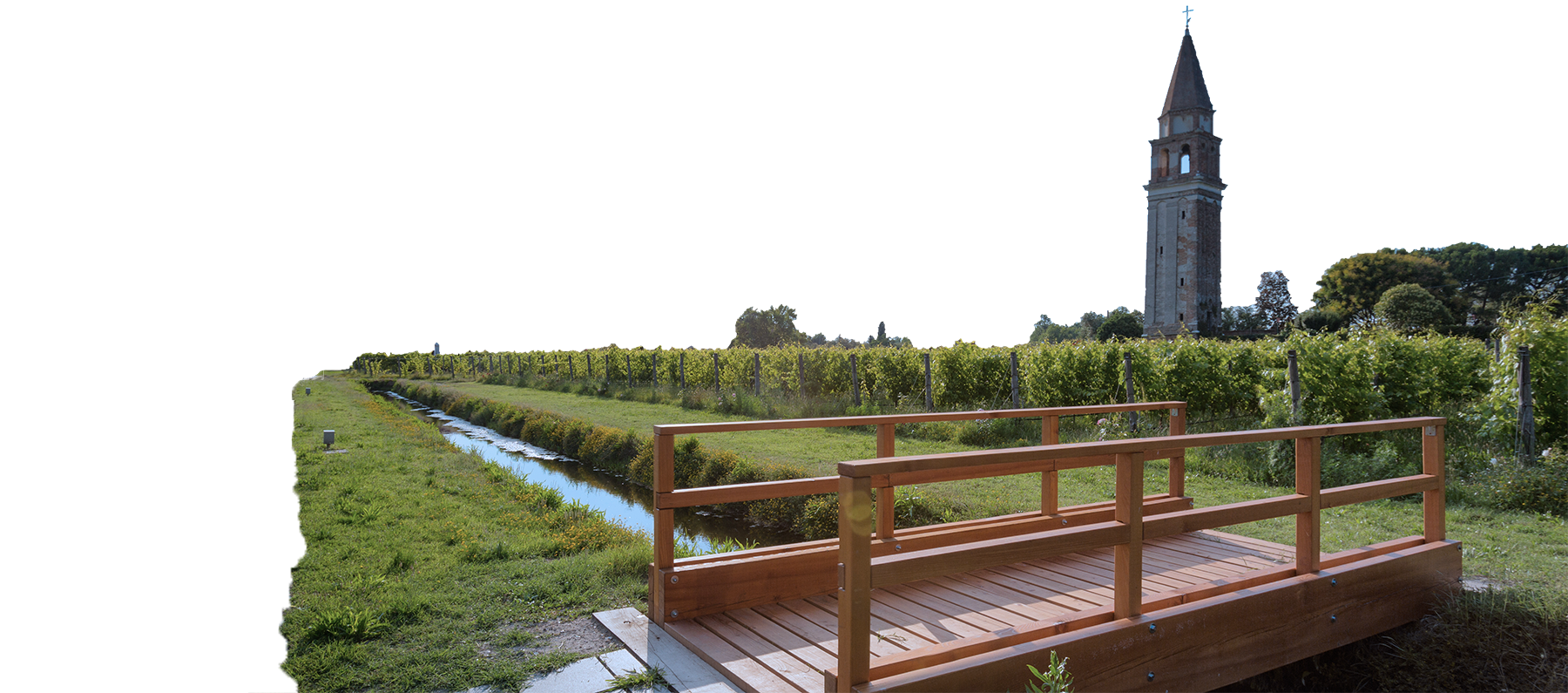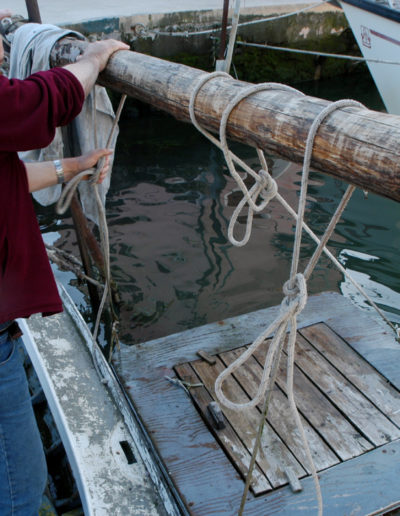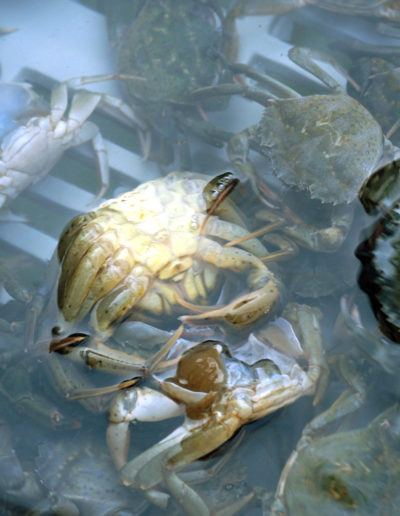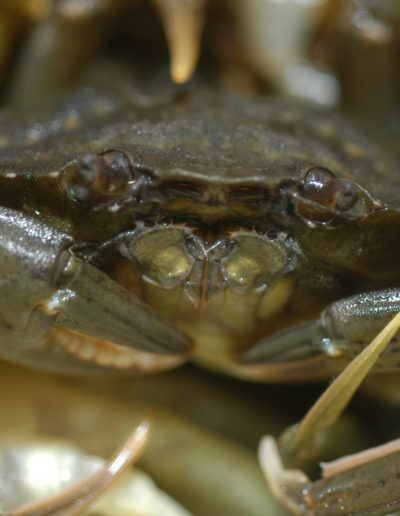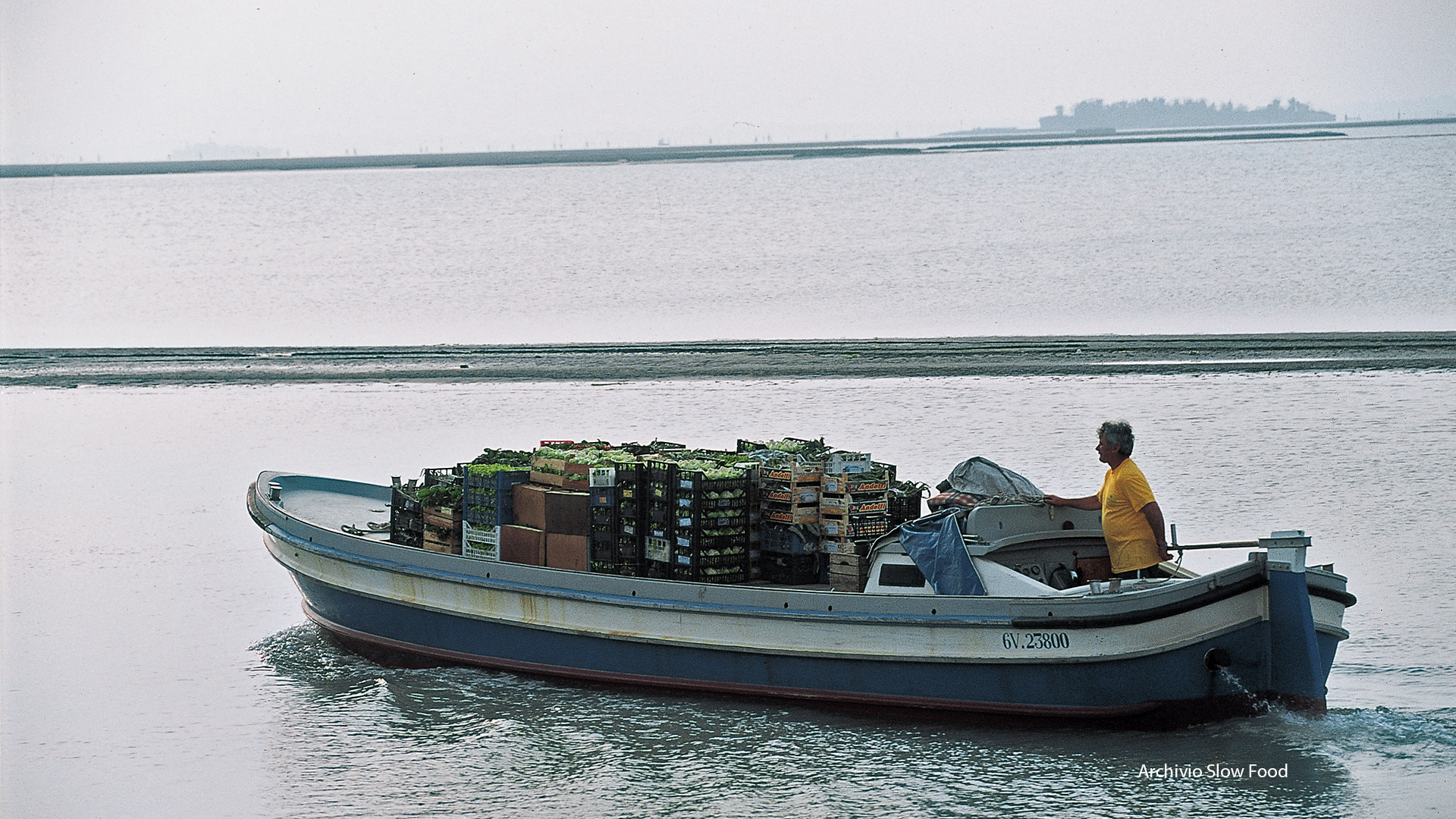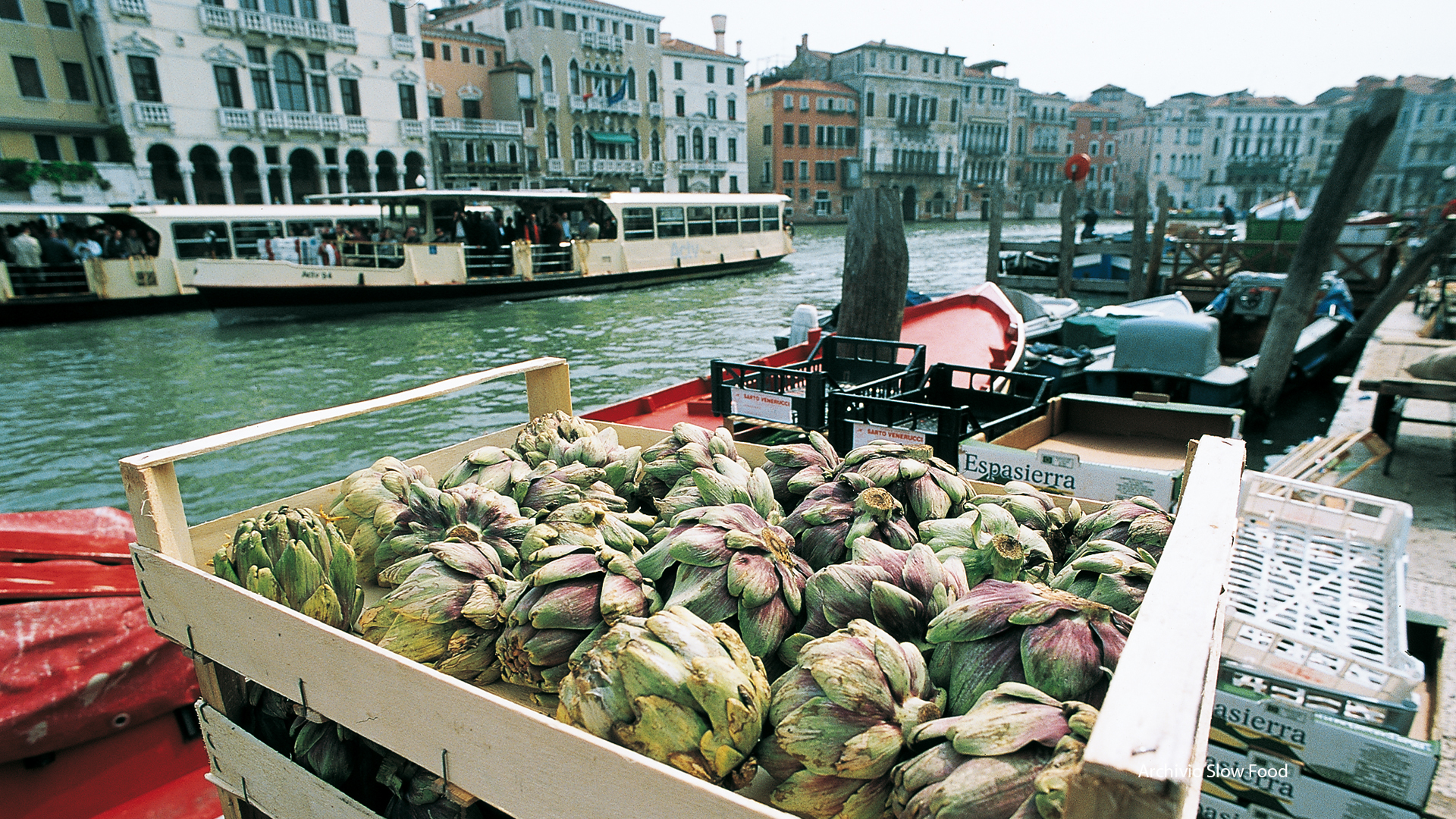Venice
Venice’s food heritage grows from a fusion of land and water
The Venetian lagoon is a place of encounter between water and land, agriculture and commerce, food and culture. The local gastronomy stems from these encounters and the unique environment in which they occur: Fish come from the lagoon and the Adriatic Sea, while vegetables and fruit come from the islands and the coasts. Here are four products from Venice that have been included in the Ark of Taste catalogue because of their special link to the local territory and communities:
Ghiozzo Gò (Grass goby)
This fish thrives in the muddy-bottomed lagoons of the Adriatic basin. It was once considered a food of the poor, but nowadays it plays a role in several popular Venetian dished, including risotto di gò. It is also often fried. Commercial fishing of this species is done sustainable with nets called martevelli and traps called chebe da gò. The grass goby used to be abundant in the Venetian lagoon, but it has declined recently due to environmental change and habitat destruction

Moeche and masanete (green crab)
Crabs, both male and female, become moeche when, at the beginning of fall and spring, they molt, leaving their old shell. Moeche means “soft.” After they are caught, the crabs are sorted into boni (those that will molt within the next few weeks), spiantani (those that will molt in a couple of days), and matti (which will not molt). The matti are thrown back into the lagoon, while the boni and spiantani are kept until they molt and then consumed. Masanete, female crabs with their shell, are also a delicacy and are consumed when, by the end of summer, their ovaries are ripe and swollen.
Sant’Erasmo Violet Artichoke
Violet artichokes from Sant’Erasmo, a large island covered in gardens in the northern part of the lagoon, are harvested in April. They are tender, spiny, and elongated, and they resemble roses because of their shape and color. The artichoke plants were traditionally fertilized with scoasse (household waste) or shells, which reduced the acidity of the local soil.
Dorona grape
The name of this rare local white grape variety come from the word oro, for “gold.”
It is an old variety from the northern lagoon that was appreciated by nobles and the Doges of Venice. It was thought to have disappeared but was recently recovered.
